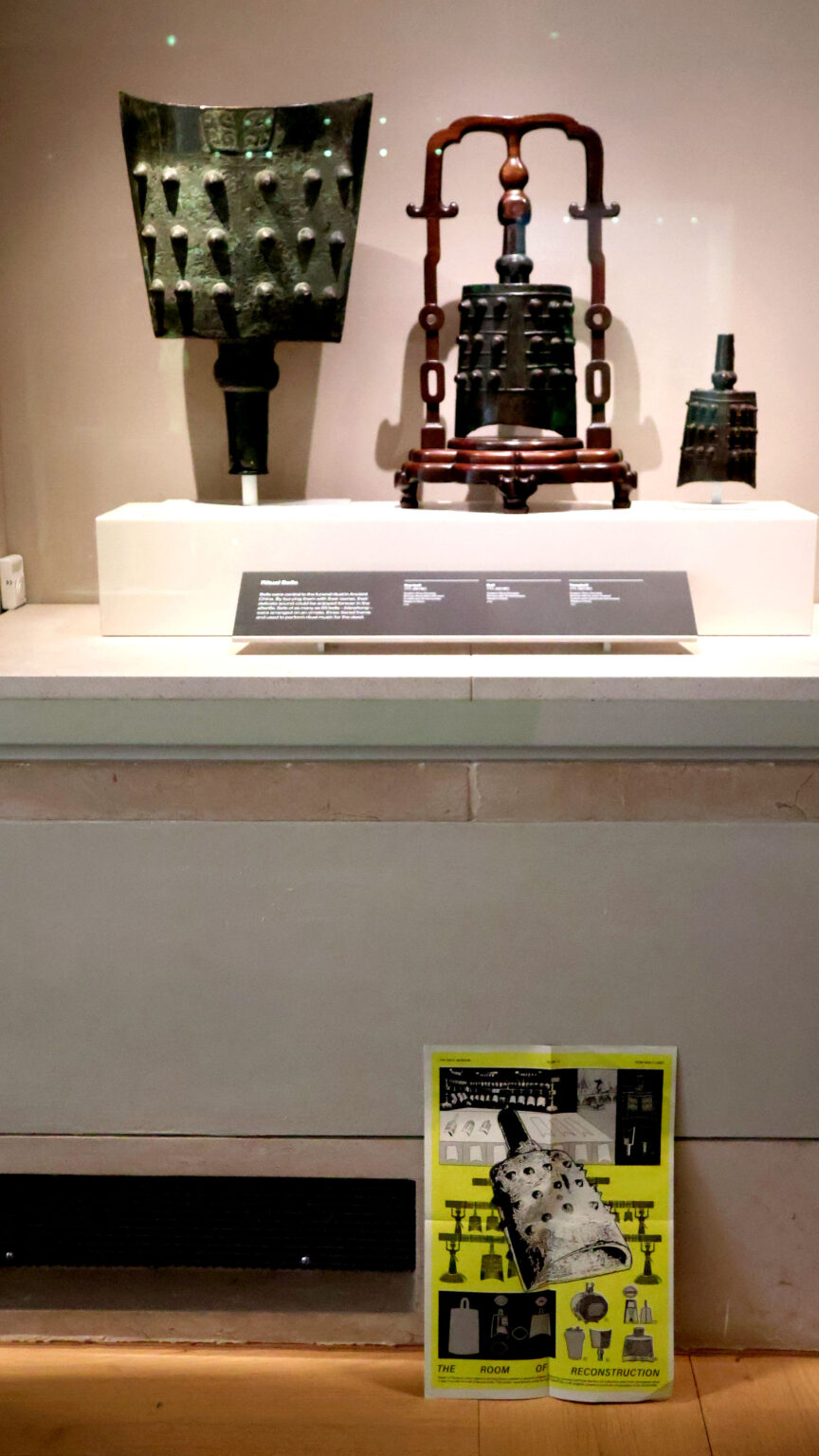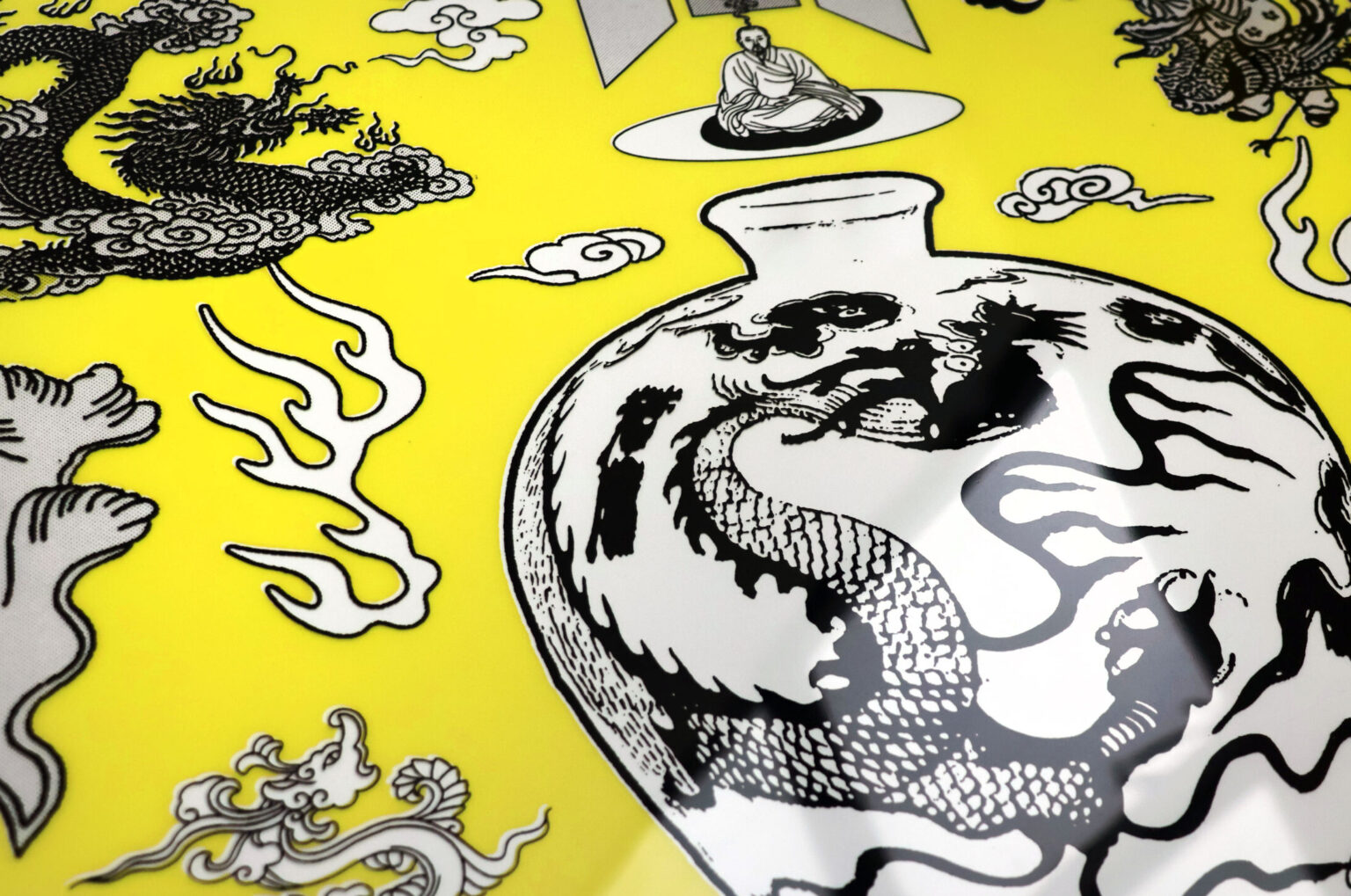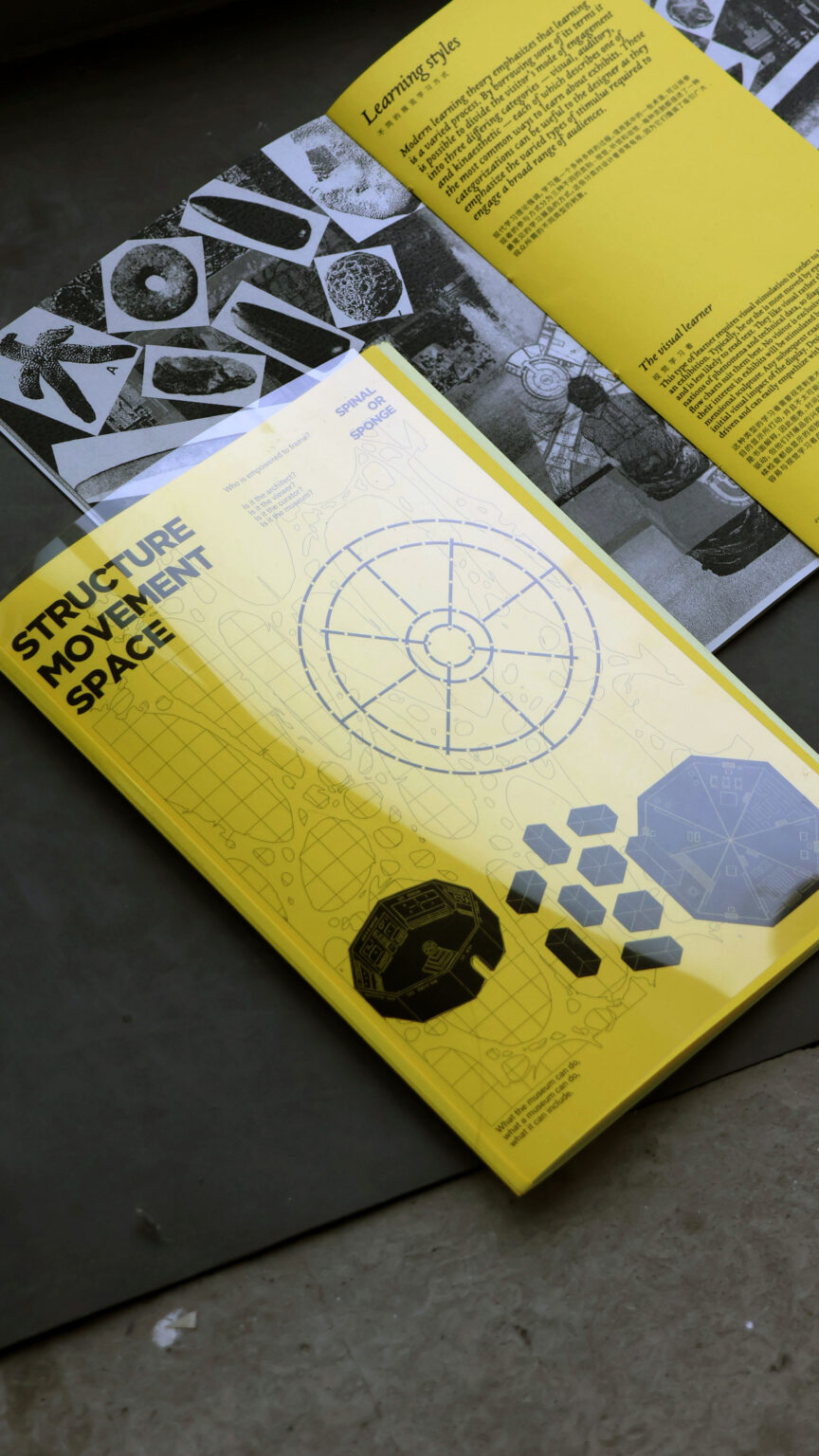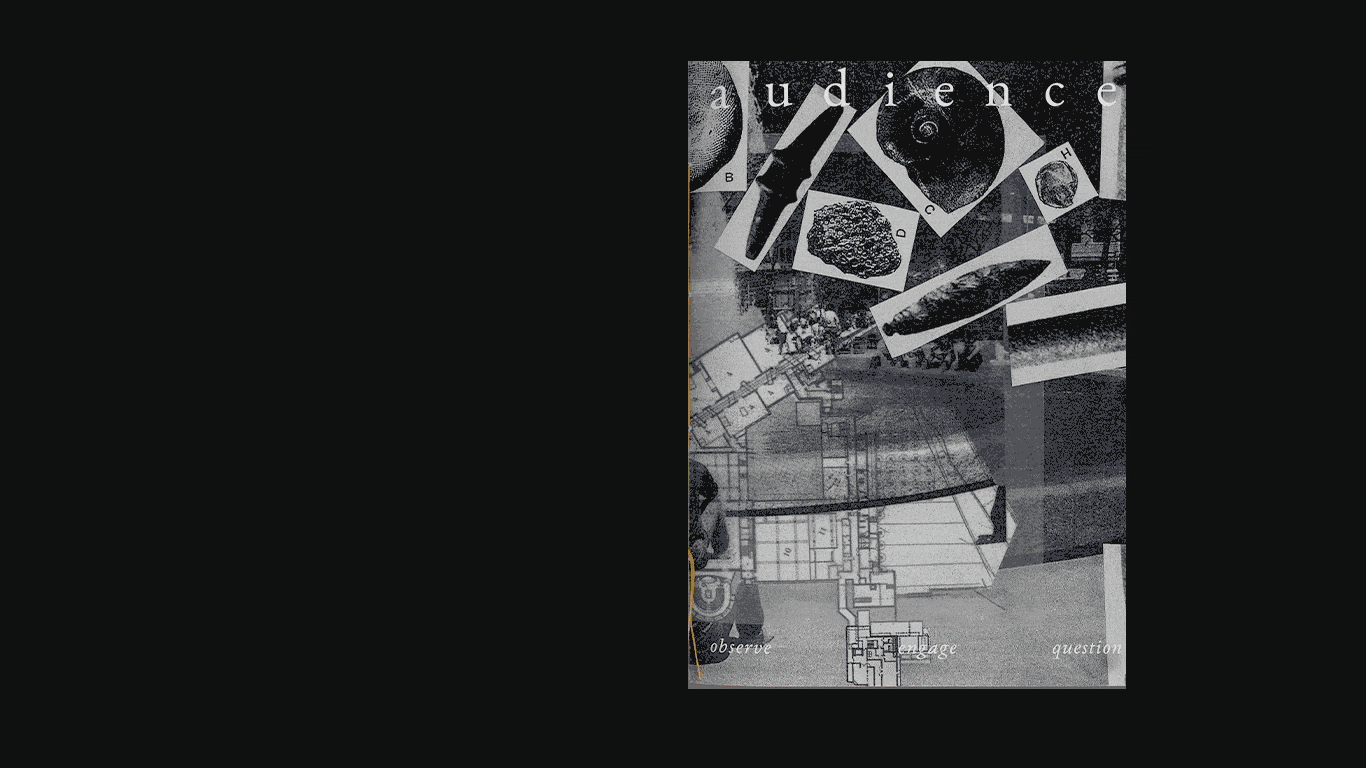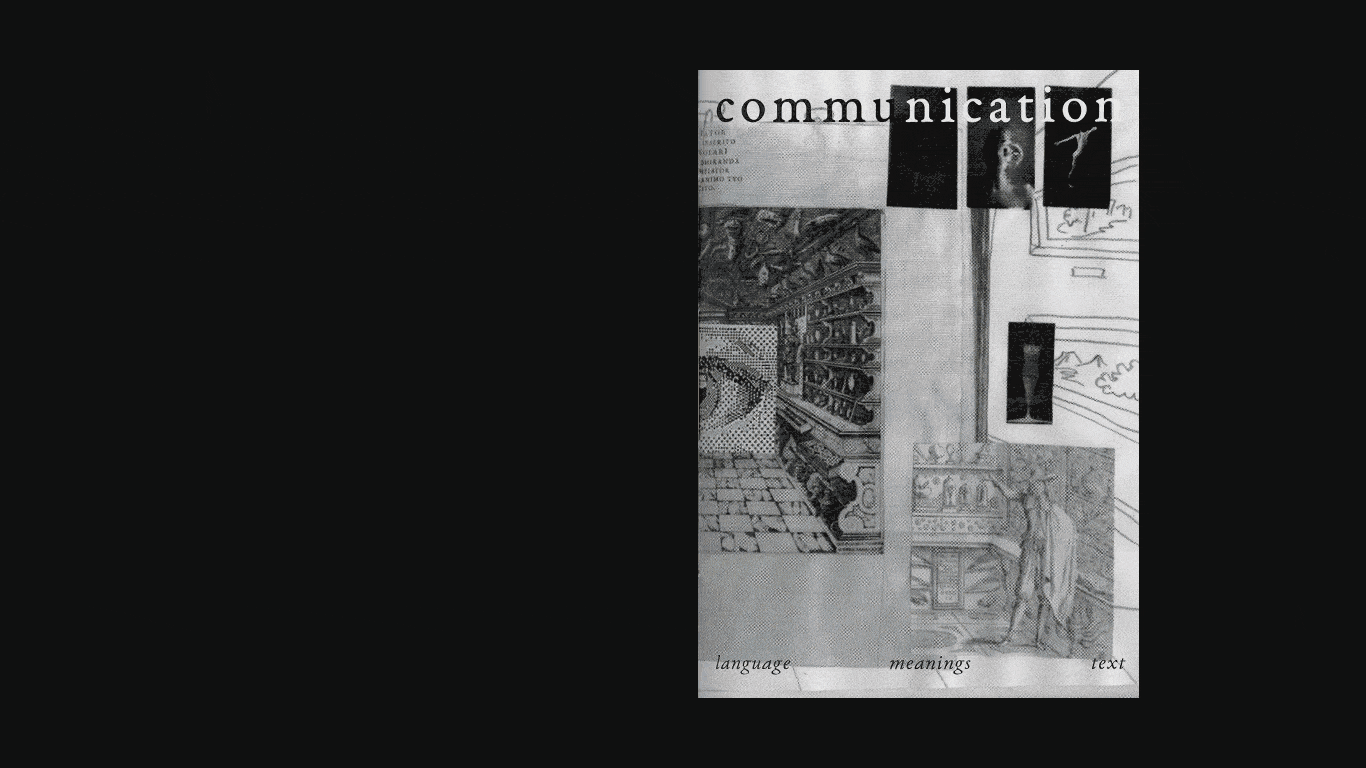MDes Communication Design School of Design
Yixuan Du
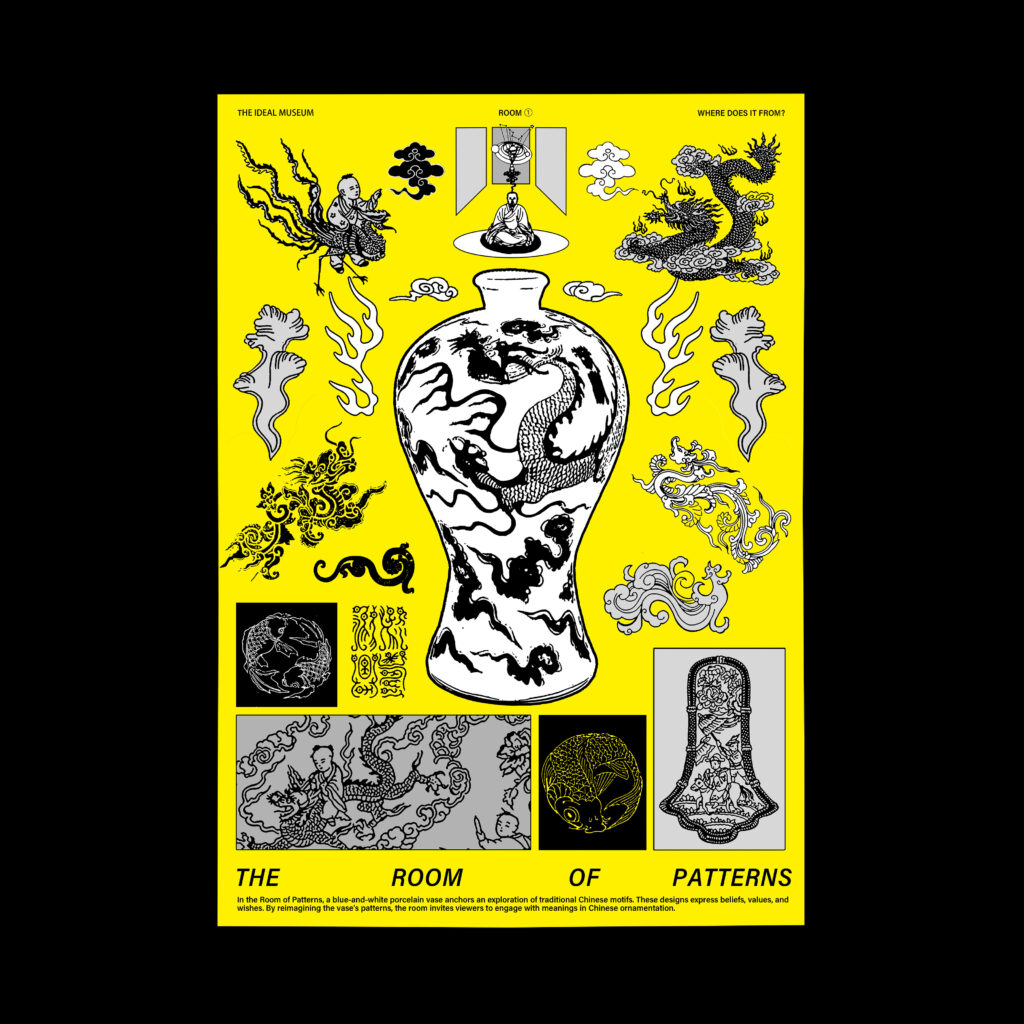
I’m a visual designer currently studying Communication Design at the Glasgow School of Art. My work explores the relationship between graphic composition, visual symbols, and typography. I enjoy working with printed matter, collage, and alternative editorial formats. My current project The Ideal Museum—reimagining how Chinese artifacts are interpreted and experienced through speculative design and editorial experimentation.
I enjoy experimenting with various creative forms and find fulfillment in exploring and learning through my work!

The Ideal Museum
When I paused in the East Asian exhibition hall of the Burrell Collection, the Chinese Eastern Zhou bronze tapir, placed with Bronze Dog, became the metaphorical starting point of my research in stage 3. This dislocation of cross-cultural understanding leads me to question: When an artifact is removed from its original context, renamed, and recategorized, what does it represent? This ritual vessel, originally used for sacrificial purposes in ancestral temples, became a spectacle of animal-shaped decorative elements in cross-cultural exhibitions.
From this trip, I began to rethink the definition of a museum. Is it an authority for knowledge, a space for people to wander and explore, or a place for diversity and cultural understanding? As a public institution preserving and disseminating culture, a museum’s “communication method” is worth re-questioning. After this field trip, I also put forward the proposition of “ideal museum” and made it my core project direction.
1. Poster Designs
For my graduation project, I designed six posters, each of which displayed a Chinese artifact from the Barrell Collection, and each poster had a different exhibition theme and focus. My posters deliberately subvert the traditional museum presentation logic of exhibits, using a visual language that mixes flat space to display these six different artifacts. Inspired by the traditional Chinese symmetrical composition, I used a large number of image and ancient symbols to explore a balance of movement and stability and a non-linear reading path in the picture.
I hope to explore the cultural display possibilities of artifacts in museums through these posters, combining the curatorial philosophy of museums and the thinking of speculative design. At the same time, I am also exploring how to convey different contexts. By designing different exhibition spaces—such as dynasties, patterns, and the original display environments of the artifacts—I showcased the context of the artifacts and explored how the display methods of these contexts can better help viewers understand Chinese culture.

1- THE ROOM OF CONTEXT


3- THE ROOM OF FORMS

4- THE ROOM OF RECONSTRUCTION

5- THE ROOM OF PATTERNS

THE ROOM OF READING
1.1 Posters in museum
After completing the poster design, I reviewed the “non-architecture” concept mentioned in the initial brief. Through this project, I gradually clarified its position between architectural design research and graphic design outcomes. As a graphic designer, I gained a lot of inspiration for visual design language from architects’ works. In Archigram’s works, I saw many ways to express architectural concepts using sketches, structural diagrams, and even flowcharts. The research on these architectural works provided a continuous source of inspiration for my visual creation. In my poster design, I also used a large number of images from archaeological research, sketches, and floor plans as visual elements.
1.2 Screen Printed Posters
The most “non-architecture” part of this project lies in its approach to conception. Unlike architectural designers who mainly focus on architectural functional spaces, my “ideal museum” poster is based on the perspective of communication. When conceptualizing the poster, I first considered how to use the idea of a museum to spark the audience’s interest in Chinese cultural relics and deepen their understanding of Chinese culture. The poster is not designed to create space, but to visually express the concept of creating space through graphic design.
2. Reader 1 – Structure
When I was researching for the project, I realized that the concept of what an ideal museum is was still quite abstract. To make it more concrete and convincing, I began to think about how to enrich this concept through research, reading, and architectural case studies. I found that I needed to study more real-world museum cases—not just their architectural styles and display methods, but even how exhibit texts are written.
This prompted me to shift from “imagining” to “researching” and to try to further organize my concept in making the first reader for this project, which serves as the knowledge and visual foundation for my subsequent design.
3. Reader 2 – Audeience/ Communication
In Reader 1, I mainly studied the possibilities of museum architecture and space, while in the second Reader, I turned my focus to the study of curatorial design. The reason for this is that in the process of making Reader1 and conducting architectural research, the idea of the spongelike museum inspired me to think more about curation design, especially about how artifacts can be displayed in museums. I found that the topics of architectural research and discussion were very broad. As a speculative project with a utopian nature, if the scope is too large, it would be unrealistic to complete the design within a limited time. Therefore, I returned to the initial thought: how to better convey the culture behind the artifacts. So, I narrowed down my research, chose the section I was most interested in about curation design, and continued my exploration of the ideal museum around this part.






